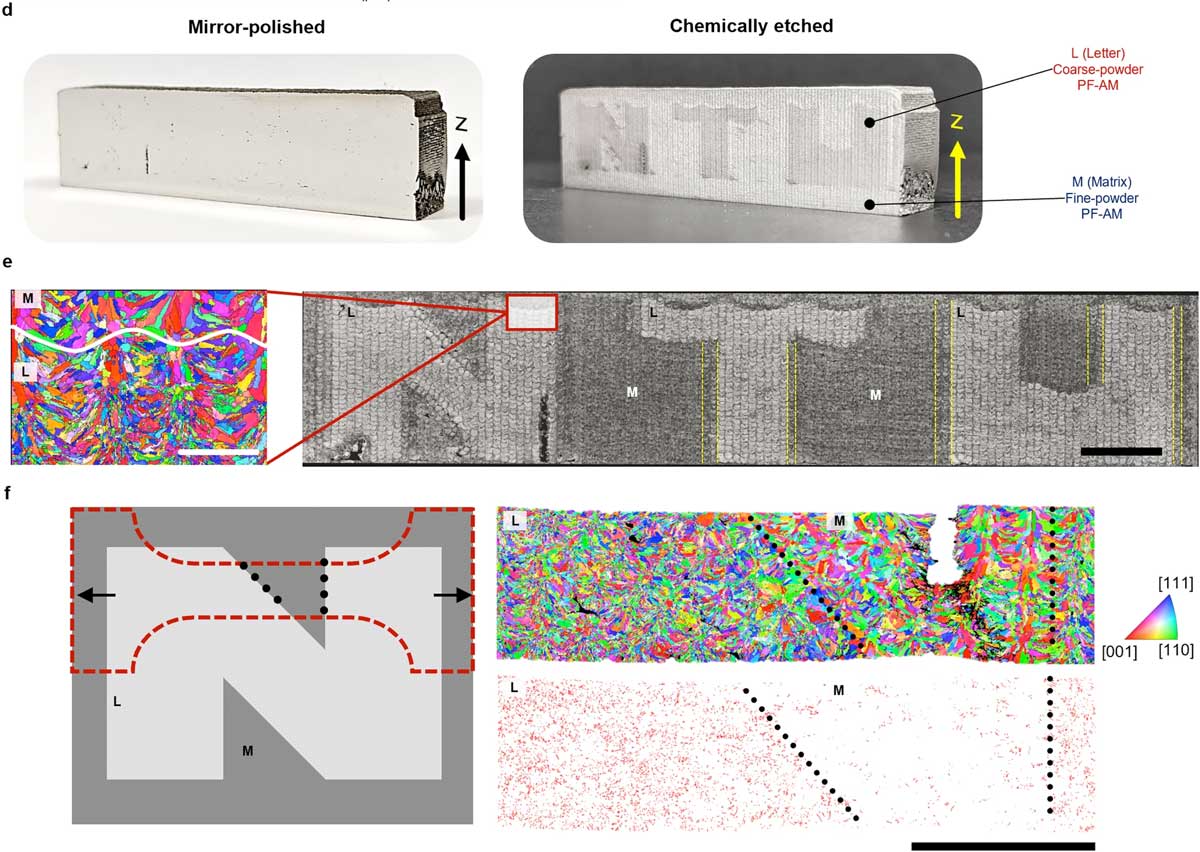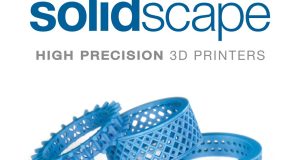In the field of 3D printing, a new perspective is opening up for the targeted influencing of the microstructure. Researchers from Singapore report on a novel approach in which the grain morphology and size can be controlled by the choice of powder size. This melt-pool engineering approach holds great promise for both laser-directed energy deposition (L-DED) and electron-beam powder bed fusion (E-PBF) processes.
The researchers explain that normally fine powders result in a fine crystalline structure. However, they have discovered that in L-DED processes, coarse powders lead to an equiaxed, fine-grained structure. The reason for this lies in the different pre-heating of the powder particles when they enter the laser area. Simulations show that coarse particles are heated more strongly and thus influence the melt pool.
For E-PBF processes, on the other hand, the variation of the thermophysical properties of the powder layer plays a decisive role. Using a machine learning method, they have modeled the influence of powder size distribution on thermal conductivity and bulk density. Coarse-grained powders result in a higher thermal conductivity and density, which leads to a fine-grained, equiaxed structure – contrary to common belief.
The researchers used this effect to create spatially resolved coarse and fine crystalline regions in L-DED-printed objects. In E-PBF samples made from coarse powder, near-equiaxial microstructures with a grain size of 9.2 µm and an aspect ratio of 2.7 were achieved. In comparison, conventional samples have coarse columnar grains with a diameter of 28 µm and an aspect ratio of 10.9.
The fine crystalline microstructure enables isotropic mechanical performance with 17% higher tensile strength and 62% higher elongation at break due to strain-hardening twinning. The powder size-controlled approach is suitable for both 3D printing processes and promises novel optimization possibilities for component properties – at no additional cost.
You can find out more in the technical article “Powder-size driven facile microstructure control in powder-fusion metal additive manufacturing processes“.
Subscribe to our Newsletter
3DPResso is a weekly newsletter that links to the most exciting global stories from the 3D printing and additive manufacturing industry.























